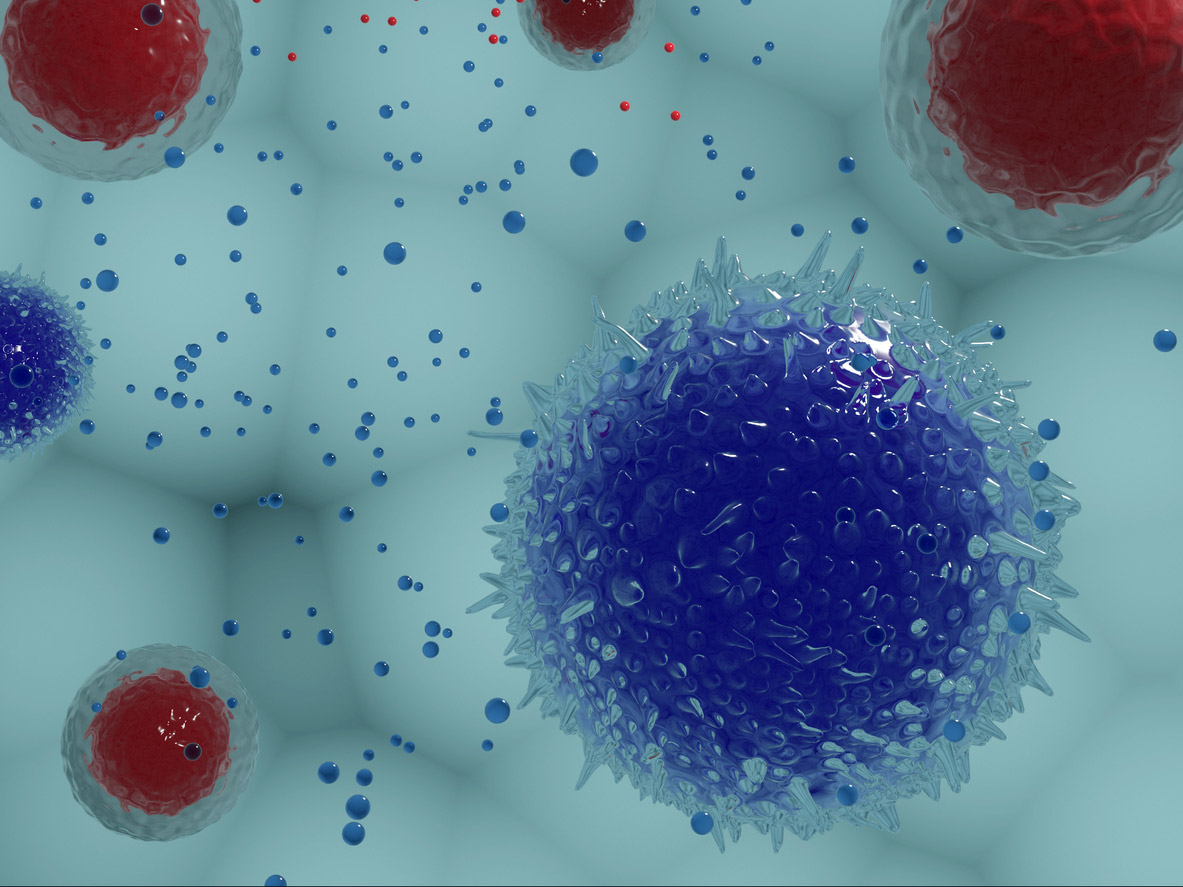Regenerative medicine has been at the forefront of clinical research for years now. While stem cell therapy and platelet-rich plasma are well-known forms of regenerative medicine to the general public, there is a new buzzword in town: exosomes. Exosomes have been shown to have regenerative prosperities similar to those of stem cells and platelet-rich plasma. Through the combination of all these forms of regenerative medicine, patients may be able to live better quality lives, without pain, and feeling youthful for years to come. So, what exactly are exosomes, and how can they help with the regenerative processes?
Exosomes are not cells. They have no nucleus and do not undergo any kind of division process. Rather, exosomes are extracellular vesicles, which are a form of cellular byproduct. Essentially, cells use exosomes as signals to communicate with one another. For example, when stem cells are let out into the body, they will send out exosomes which release a signal for the body to send out more stem cells. This process works really well during a person’s youth. However, as humans age, their cells are unable to send out as many exosomes as they were earlier in life. It is believed that exosomes can help rejuvenate the stem cells that are already present in adults.

Exosomes are believed to be able to control the cellular environment. Many pharmaceutical companies are hopeful that exosomes may one day be used to deliver medication directly to certain cells. If this becomes a reality, it could be life-changing for those people living with diseases such as cancer. Even in cosmetics, exosomes have been shown to help rejuvenate skin to achieve a youthful look. For example, when an immune response is intentionally created through the use of micro-needling, exosomes help other cells in the area realize they are supposed to take on a fuller appearance, which helps achieve a more youthful look.
With exosomes being so new, there are not currently any large studies on their ability to help with regenerative procedures. However, in the small studies that do exist, they have shown tremendous possibilities. Much like stem cells, exosomes have shown an ability to help with a wide range of conditions, whether it be cosmetic, such as looking younger, or cancer, and the ability to target certain cancerous cells in the body with medication. Another reason exosomes have piqued the interest of the medical community is because they have the ability to elicit a response within 24 hours of their contact with other cells and show continued results six to eight months after.
Exosomes are an up and comer in the field of regenerative medicine. In the past few years, there has been a lot of focus on stem cells and platelet-rich plasma. However, as more information is discovered about exosomes, they are quickly becoming an important area of interest. Exosomes have the potential to help in ways that stem cells and platelet-rich plasma cannot. They have the ability to be programmed and target specific cells. This could be life-changing for many people suffering from a variety of ailments throughout the world.

Dr. David Greene
MD, PhD, MBA
Dr. David Greene, MD, PhD, MBA, is a pioneering leader in regenerative medicine and healthcare marketing. As a residency and fellowship-trained orthopedic surgeon, Dr. Greene transitioned from clinical practice to become the founder and CEO of R3 Stem Cell and US Lead Network, where he has revolutionized patient care and medical practice growth through innovative therapies and digital marketing strategies. He has authored two influential books on healthcare internet marketing, ranks among the top expert authors globally, and has been featured on the cover of Corporate Vision magazine for his impact on global regenerative therapies. Beyond his professional achievements, Dr. Greene is passionate about education, compassion, and continuous innovation.

No Comments